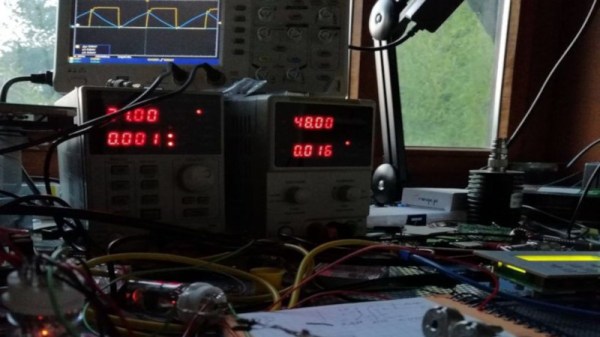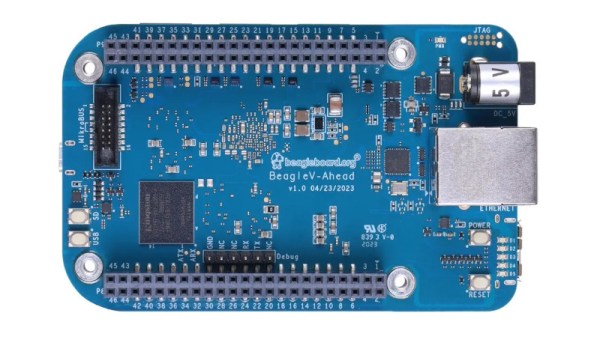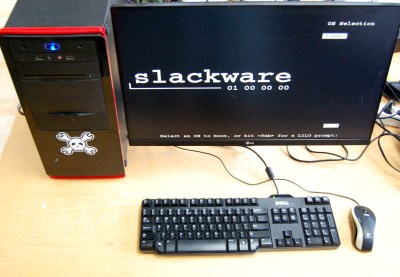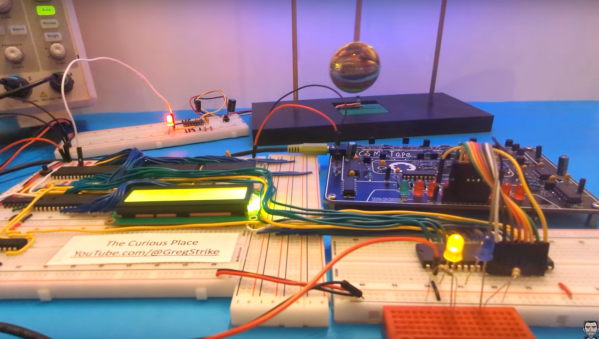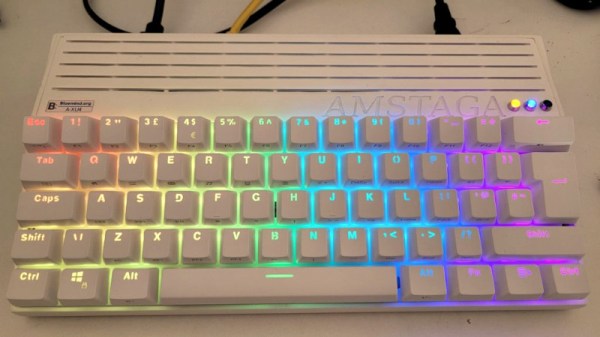We live in a world where most of us take the transistor for granted. Within arm’s length of most people reading this, there are likely over ten billion of them sending electrons in every direction. But the transistor was not the first technology to come around to make the computer a possibility, but if you go to the lengths of building something with an alternative, like this vacuum tube computer, you may appreciate them just a tiny bit more.
This vacuum tube computer is called GLASNOST, which according to its creator [Paul] means “glass, no semiconductors” with the idea that the working parts of the computer (besides the passive components) are transparent glass tubes, unlike their opaque silicon-based alternatives. It boasts a graphical display on an oscilloscope, 4096 words of memory, and a custom four-bit architecture based only on NOT, NOR, and OR gates which are simpler to create with the bulky tubes.
The project is still a work in progress but already [Paul] has the core memory figured out and the computer modeled in a logic simulator. The next steps are currently being worked through which includes getting the logic gates to function in the real world. We eagerly await the next steps of this novel computer and, if you want to see one that was built recently and not in the distant past of the 1950s, take a look at the Electron Tube New Automatic Computer that was completed just a few years ago.

